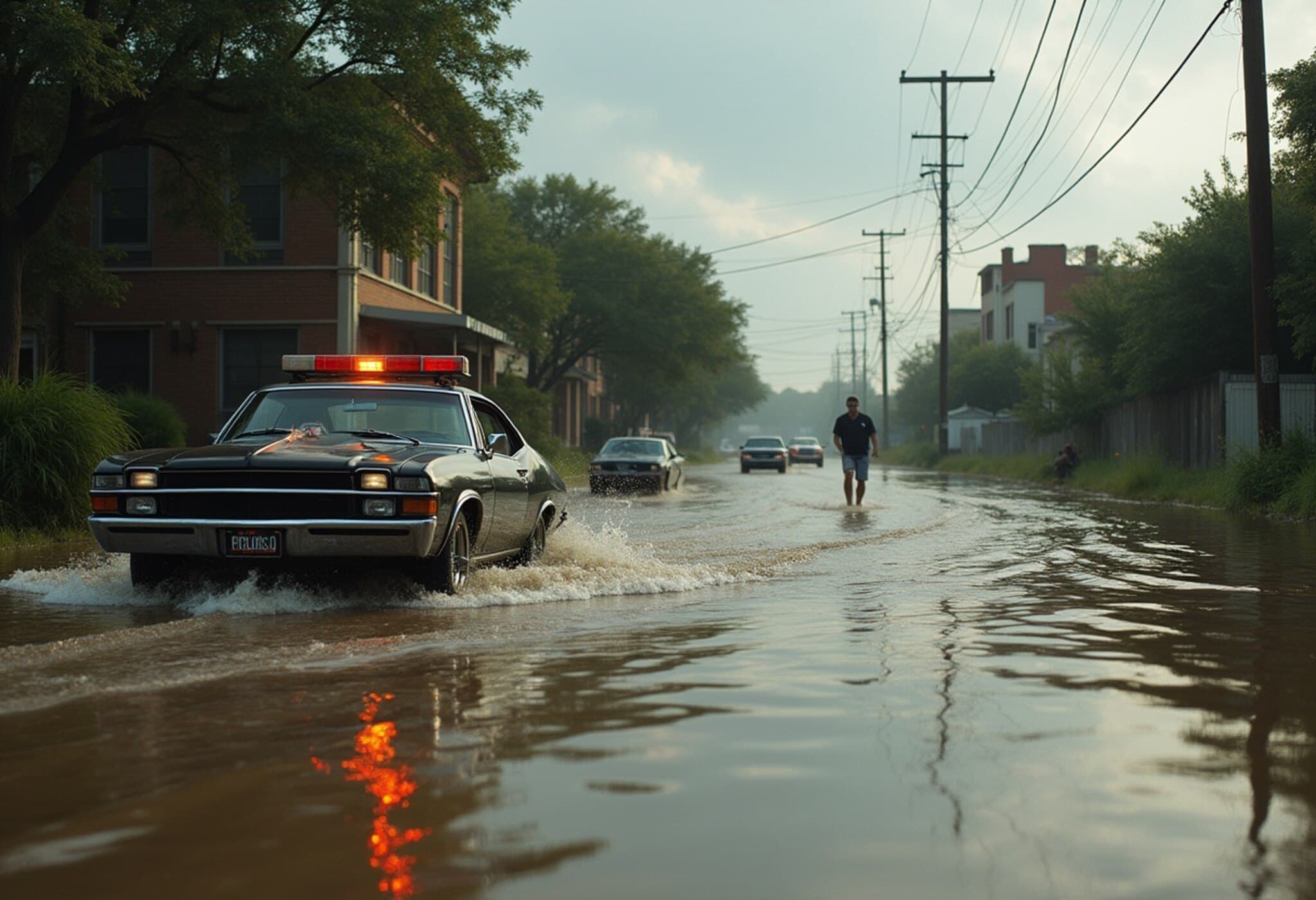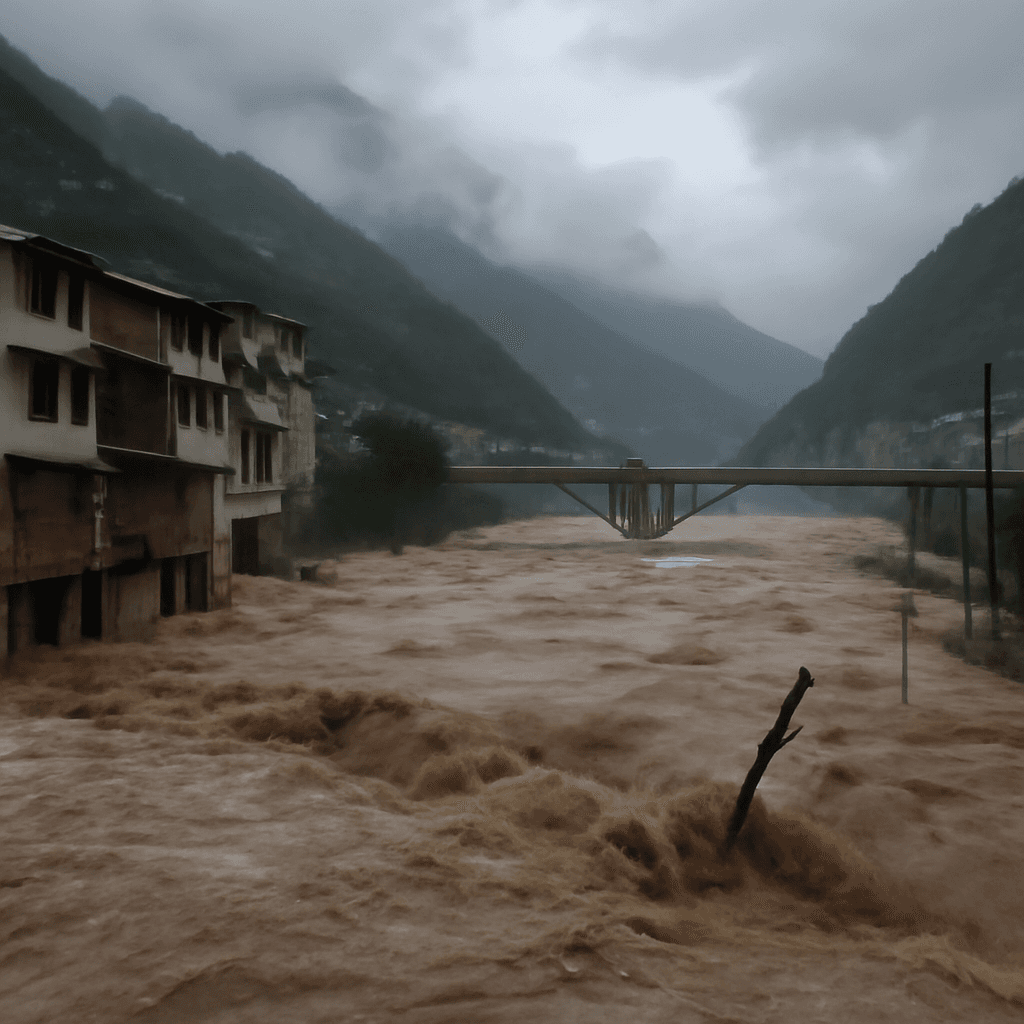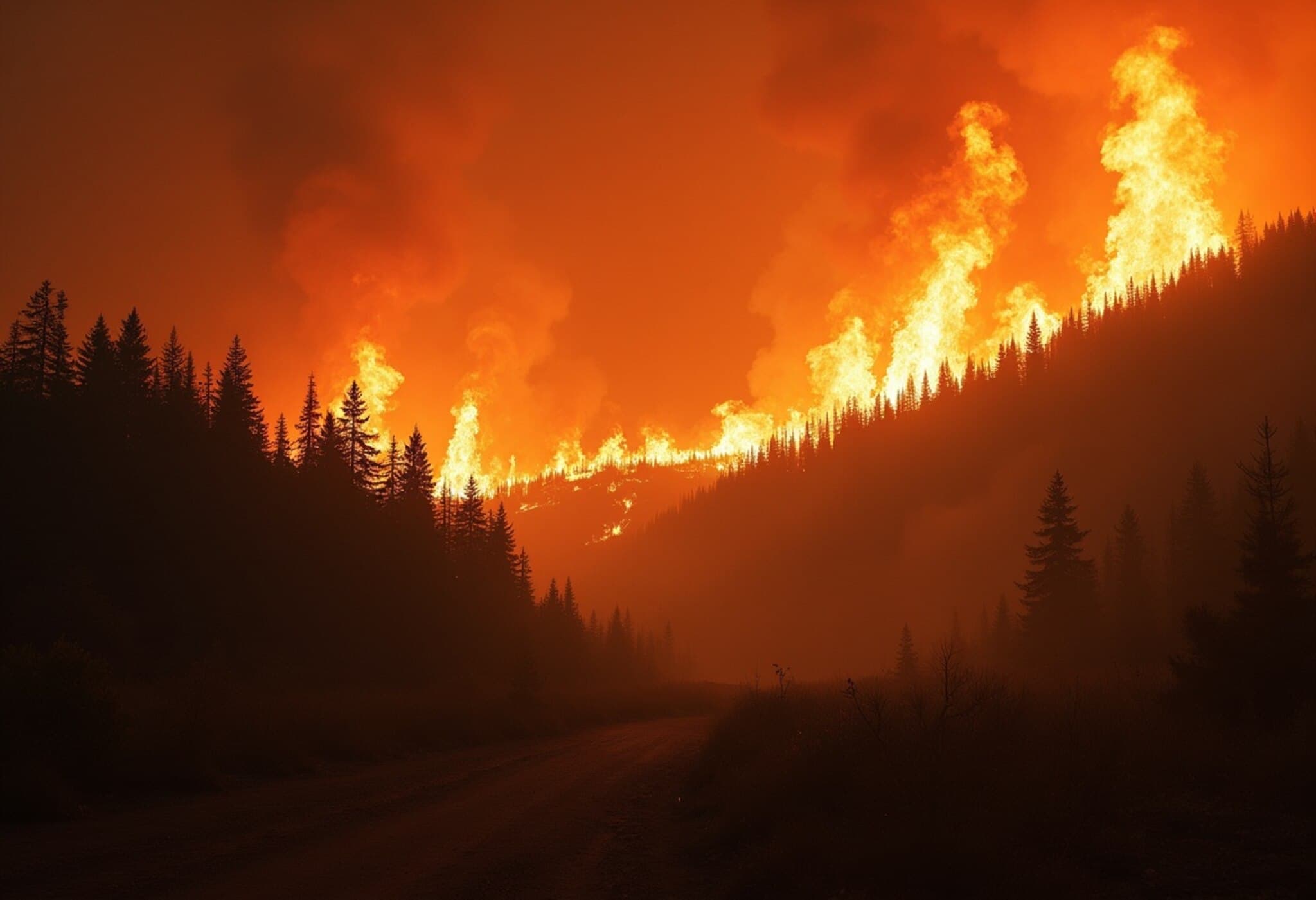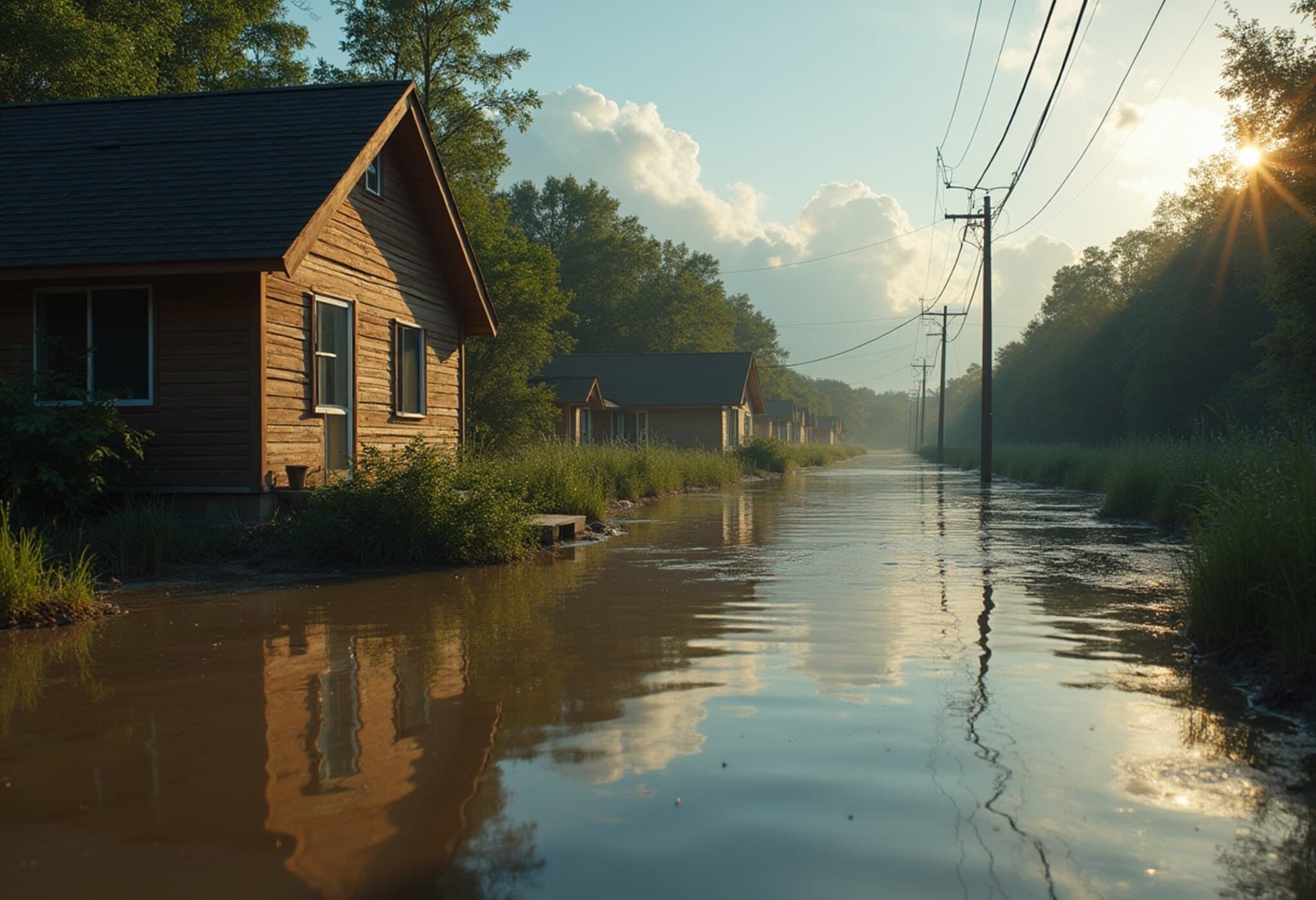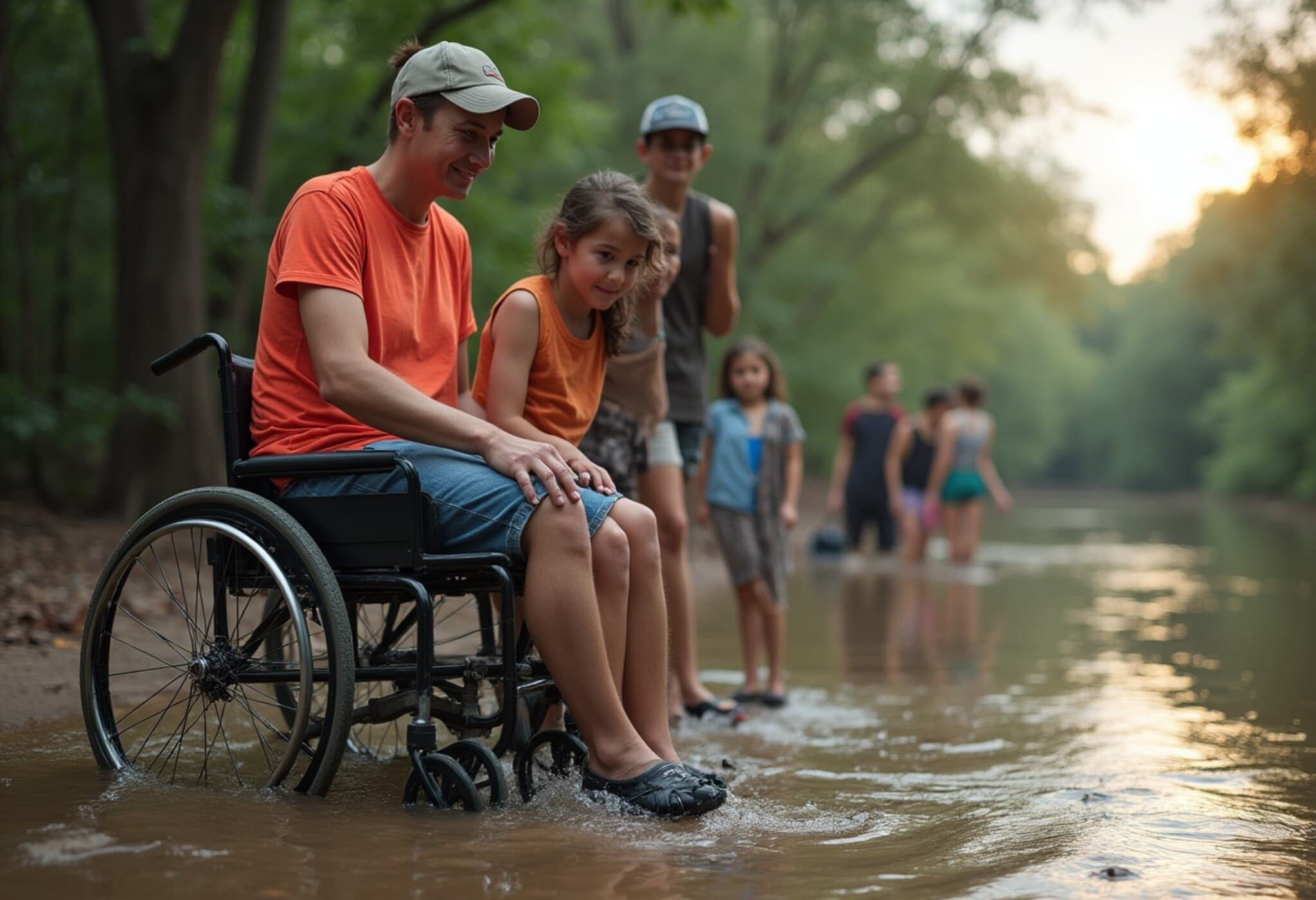Devastating Flash Floods Ravage Texas: A Crisis Unfolding
In early July 2025, Texas faced one of its most harrowing natural disasters in recent memory. Flash floods struck central Texas with unprecedented ferocity, leaving at least 82 confirmed dead and scores missing, including vulnerable children from Camp Mystic, a Christian girls’ camp by the Guadalupe River. As the scale of destruction became clearer, emergency efforts ramped up amidst grim forecasts of additional rainfall worsening conditions.
When Were Residents Warned?
Authorities did issue warnings, but the swift and catastrophic nature of the flooding overwhelmed many communities. On July 2, state emergency officials, citing National Weather Service guidance, alerted residents in west and central Texas of impending heavy rains and the prospect of flash floods during the holiday weekend. By July 3, a flood watch covered eight counties, anticipating 1 to 3 inches of rain, with some local spots potentially experiencing up to 7 inches.
However, no forecasts predicted the extraordinary scale of the flood surge that ensued. At 4:03 a.m. on July 4, the National Weather Service escalated the alert to a flash flood emergency for south-central Kerr County, including Hunt, calling this a "particularly dangerous situation" and urging immediate evacuation to higher ground. Despite this, the rapid swelling of the Guadalupe River caught many by surprise.
Scope and Severity of the Floods
The Guadalupe River's water level near Kerrville skyrocketed from under 2 feet to more than 34 feet in barely over an hour, a surge that obliterated homes, roads, and lives. Rainfall records across the region are staggering:
- Liberty Hill: 20.6 inches
- Lakeway: 13.5 inches
- Kerrville: 11.9 inches
- Leander: 10.5 inches
Other areas including Brady and parts of San Antonio also faced severe flooding. Forecasters warn that heavy rain is expected to continue, raising alarms that flooding might worsen in the coming days.
Ongoing Rescue and Relief Efforts
Rescue teams have been working around the clock, braving dangerous conditions including swollen rivers and debris-strewn landscapes. Over 850 people have been rescued so far. Among the heroic responders is U.S. Coast Guard rescue swimmer Scott Ruskan, who single-handedly saved 165 individuals in one mission, exemplifying the courage and dedication driving these relief operations.
Federal agencies, including Homeland Security, have committed support. Kristi Noem, the Secretary of Homeland Security, confirmed continued Coast Guard aerial missions even after dark to maximize reach and save lives.
Critical Areas Still Facing Danger
Kerr County remains the epicenter of the tragedy, with at least 40 adults and 28 children found dead as per local sheriff Larry Leitha. The situation is heartbreaking, especially for families of the missing children and Camp Mystic counselor unaccounted for amidst the devastation.
How Can You Help?
Community response has been remarkable. Several organizations are mobilizing resources and volunteers to aid victims:
- Red Cross and World Central Kitchen are providing emergency relief and meals.
- Kerr County Relief Fund and verified GoFundMe campaigns are accepting donations for direct victim support.
- Austin Pets Alive! has taken in over 50 displaced animals, coordinating search efforts to reunite pets with families and raise funds for pet recovery and compassion services.
- Salvation Army Kroc Center in Kerrville calls for donations of nonperishable foods, hygiene essentials, diapers, and other critical supplies. Their Instagram page offers real-time updates.
Expert Insights and Underreported Dimensions
While authorities issued warnings, this disaster underscores challenges in predicting and communicating the intensity of flash floods, particularly in rapidly evolving weather scenarios. It raises pressing questions about emergency preparedness in vulnerable communities, especially camps and rural areas along flood-prone rivers.
Moreover, the impact on mental health, long-term economic recovery, and ecological damage around the Guadalupe River watershed are critical angles warranting further attention. The disproportionate toll on children and the elderly highlights the necessity for targeted protective measures and infrastructure resilience amid climate change-driven weather volatility.
Looking Ahead: What This Means for Texas and Beyond
This catastrophe serves as a stark reminder of nature’s unpredictable force and the mounting pressures that climate extremes impose on disaster management systems. It calls for bolstered investment in early warning technologies, community education, and cross-sectoral coordination to mitigate future tragedies.
Key Takeaways
- Timely but insufficient warnings: The rapid flood surge outpaced predictions, challenging emergency response timings.
- Heroic rescue efforts: First responders exemplify human resilience amid disaster.
- Severe rainfall and flooding: Central Texas experienced record-breaking rainfalls during the holiday.
- Urgent community support needed: Donations and volunteerism play pivotal roles in recovery.
Editor’s Note
The Texas flash floods cast a harsh light on the vulnerabilities lurking in flood-prone zones and the imperative to rethink how communities prepare and respond. Beyond immediate relief, sustained dialogue on climate adaptation and resource allocation must rise to the forefront. Readers are encouraged to reflect on how policy, infrastructure, and individual preparedness intersect to safeguard lives in an era where extreme weather is becoming more the norm than the exception.

